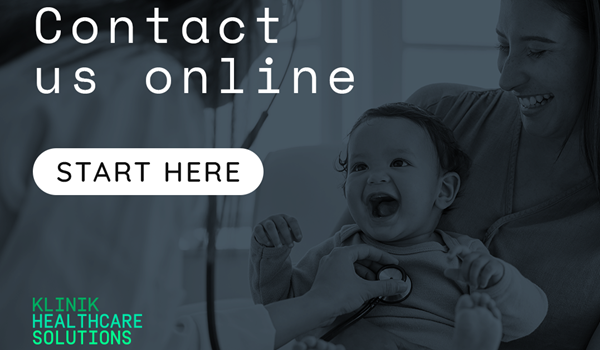Online Services
Sending Photos
Since the start of the Covid-19 pandemic, we are now doing much more of our work through telephone consultations. Sometimes it is useful for the nurse or doctor to see a picture, or you may feel it will help them understand your problem. This is particularly the case with skin lesions or rashes. To help us and you we will no longer be accepting photos through our email address. All photos will have to be sent through a text message reply. Any photos sent via email will be returned unopened and you will be directed to send them through Klinik.
Sometimes you may have a skin problem in an intimate area such as on breasts, genitalia (vagina & penis), or the anus (back passage). In this case please arrange a telephone consultation first. The nurse or doctor will then decide if they need a visual image and arrange this either through a face to face appointment, photos via Klinik or via video consultation. Please DO NOT send intimate photos without talking to a nurse or doctor first.
If your child has a rash in an intimate area we will usually arrange for a face to face consultation if we need to see the rash. DO NOT take photos of your child’s genitalia or anus and send them to us, this will leave you open to prosecution for making indecent images of a child.
How to take a high-quality clinical image
- Ideally, ask someone else to take the photo.
- Use a plain background.
- Ensure good overhead lighting.
- Take a wider image to establish location and then a close up of the lesion or rash. Different angles can help demonstrate the size/shape of a lesion.
- Ensure the images are in focus.
Sharing Your Medical Record
Increasingly, patient medical data is shared e.g. between GP surgeries and District Nursing, hospital and other secondary care providers in order to give clinicians access to the most up to date patient information.
The systems we operate require that any sharing of medical information is consented to by patients beforehand. Patients must consent to sharing of the data held by a health provider out to other health providers and must also consent to which of the other providers can access their data.
e.g. it may be necessary to share data held in GP practices with district nurses but the local podiatry department would not need to see it to undertake their work. In this case, patients would allow the surgery to share their data, they would allow the district nurses to access it but they would not allow access by the podiatry department. In this way access to patient data is under patients' control and can be shared on a 'need to know' basis.
